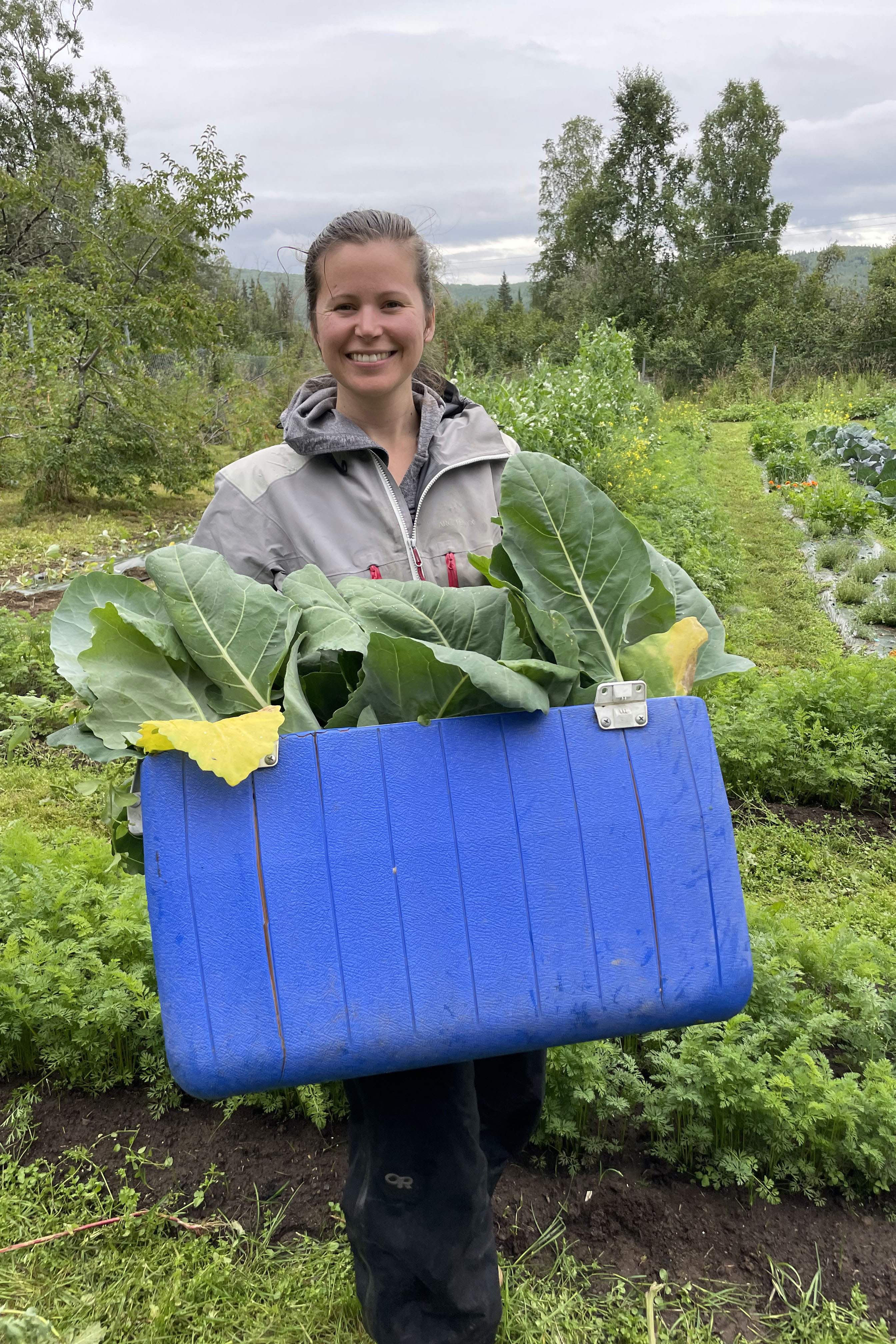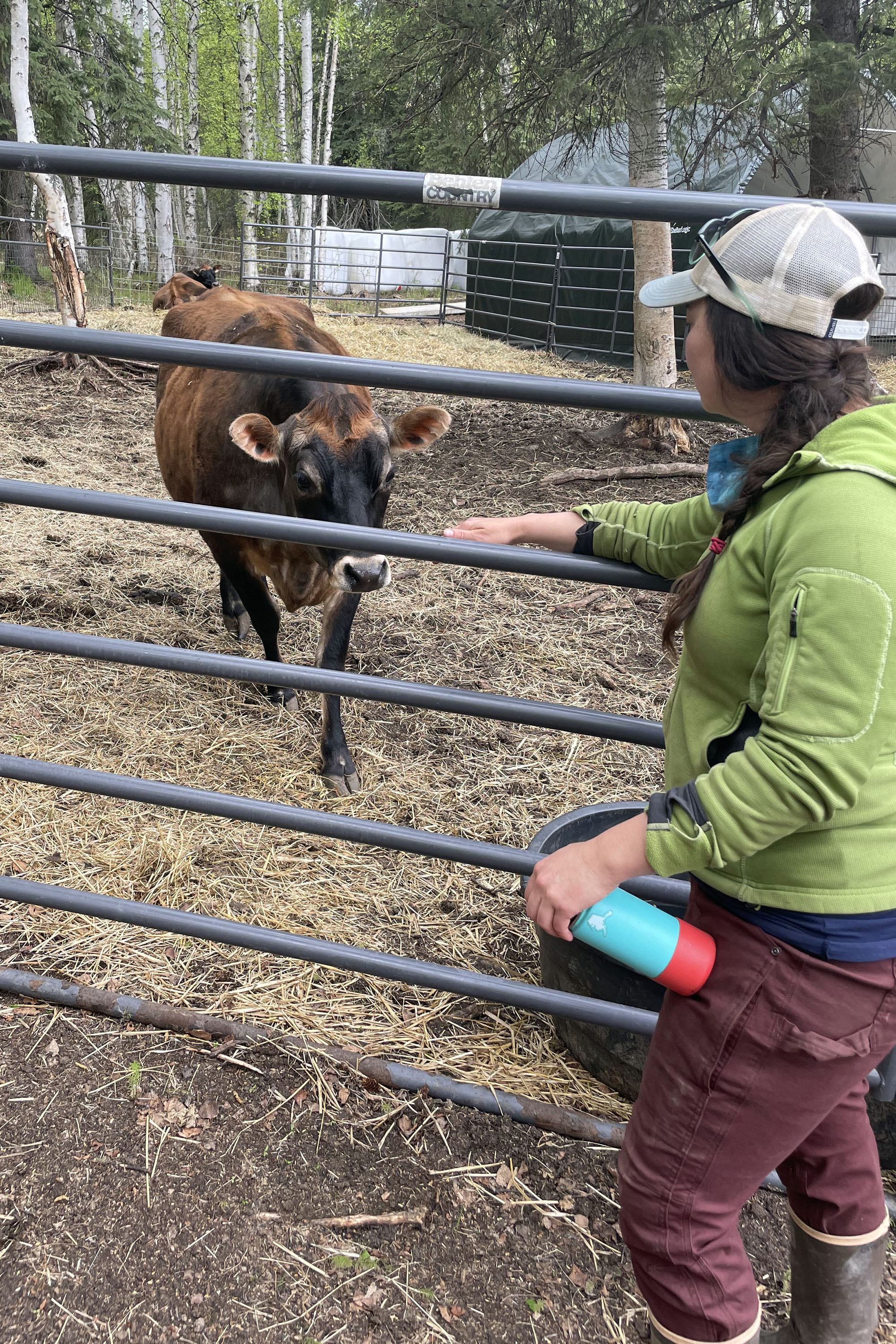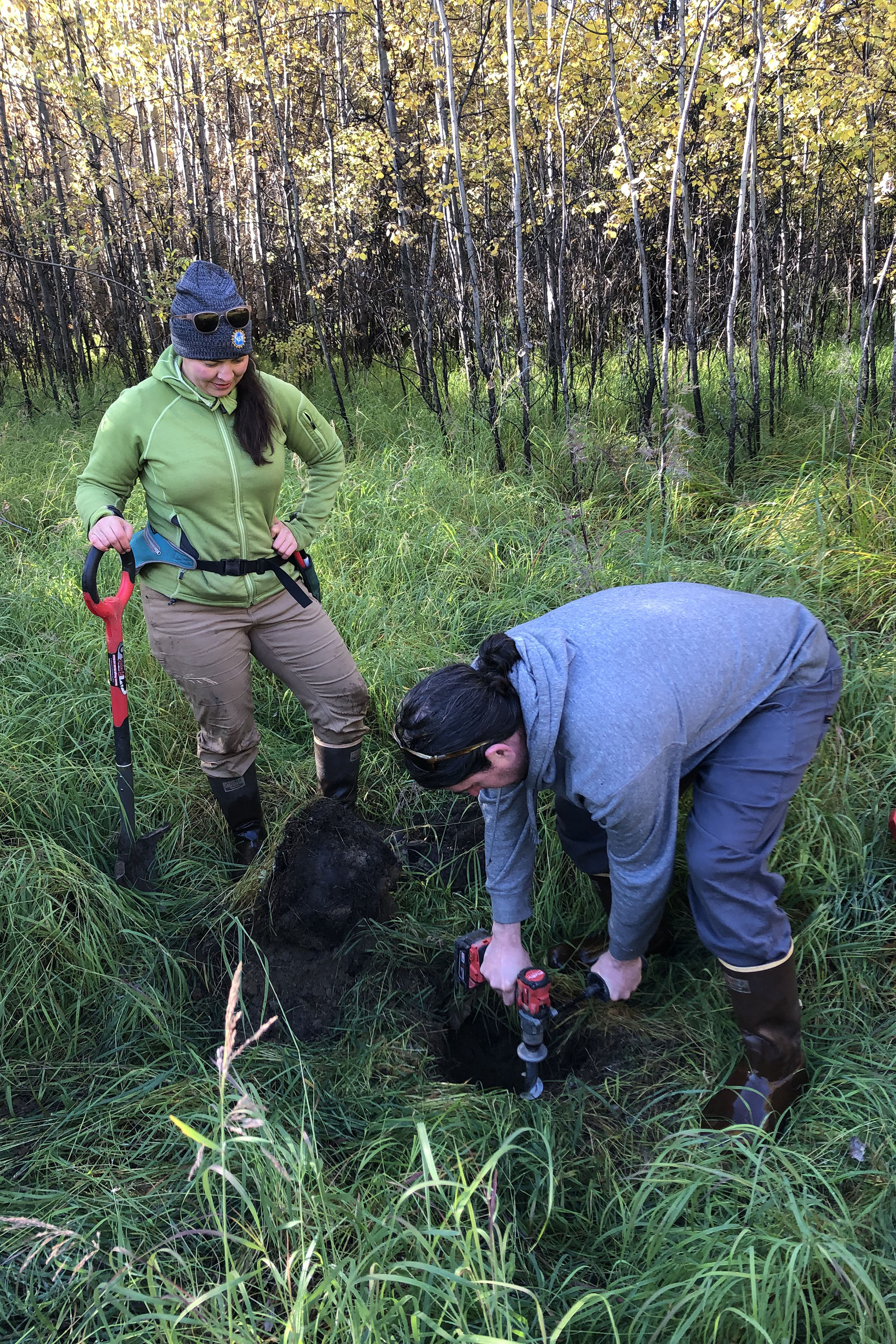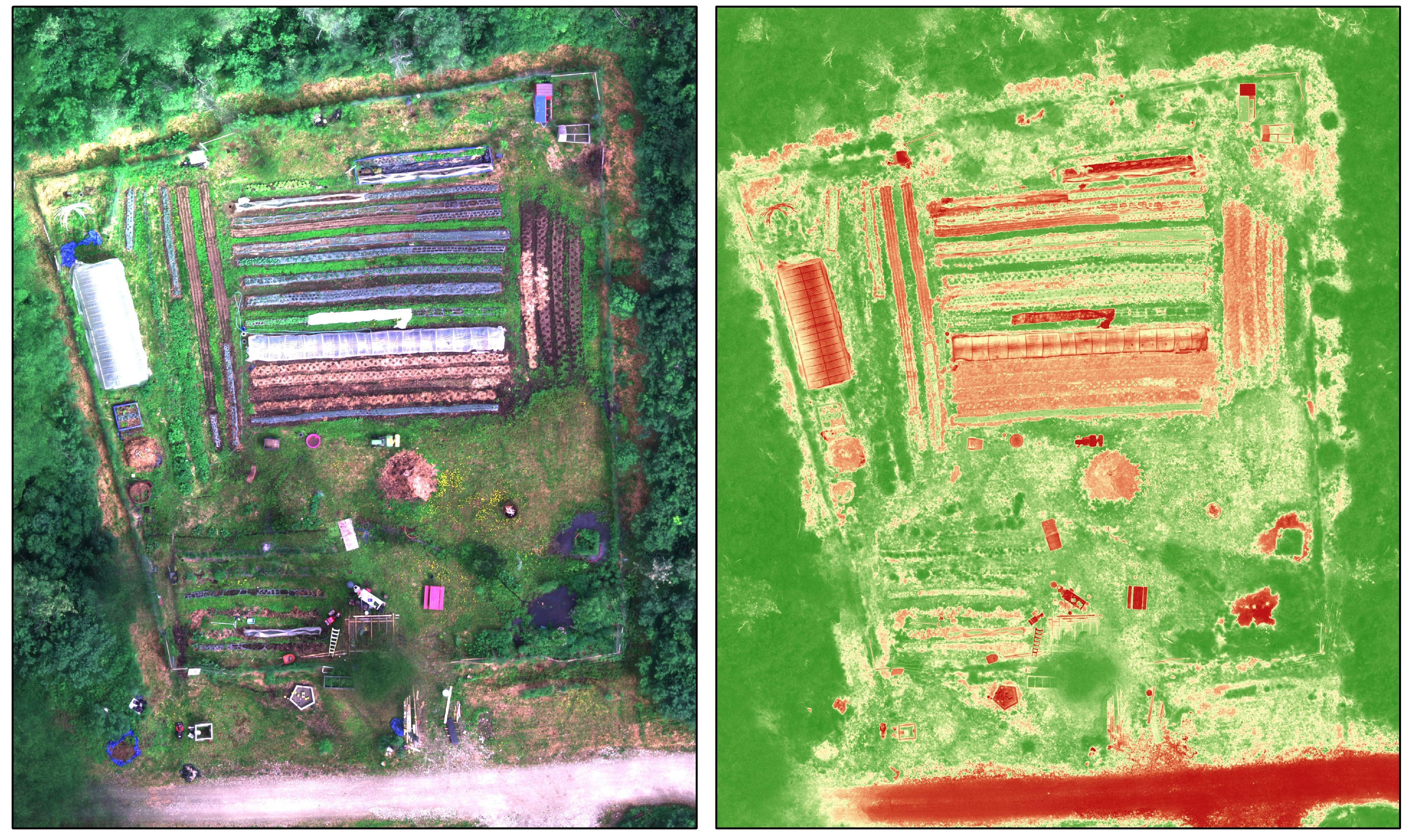Project to study interactions between permafrost, agriculture

Principal investigator Melissa Ward Jones displays a cooler filled with vegetables from a farm with permafrost soils in the Goldstream Valley.
A team of UAF researchers has been awarded $3 million by the National Science Foundation’s Navigating the New Arctic program to study permafrost and agriculture interactions.
Melissa Ward Jones, a postdoctoral fellow at UAF’s Water and Environmental Research Center, will lead the “Permafrost Grown” project. Other team members include Benjamin Jones, Mikhail Kanevskiy and Benjamin Gaglioti from WERC; Yuri Shur from the College of Engineering and Mines; Glenna Gannon from the Institute of Agriculture, Natural Resources and Extension; and Tobias Schwoerer and Nicholas Parlato from the International Arctic Research Center.
The project is aimed at stimulating innovation and discovery between the natural environment, built environment, and social systems focused on the past, present, and future interactions of permafrost-agroecosystems. Climate warming has benefited agriculture in Northern areas by expanding the length of the growing season. For example, in Fairbanks, the growing season expanded by 45% between 1906 and 2006. Climate warming is also driving the rapid degradation of near-surface permafrost that is driving changes in ecosystems, communities, economies, and industry, including hazards that involve land-surface subsidence in agricultural fields, which may lead to field abandonment.

Co-principal investigator Glenna Gannon visits a mixed farm, growing both crops and raising livestock, in the Fairbanks Area.
The transdisciplinary “Permafrost Grown” research team is co-producing knowledge with farmers in Alaska and Siberia to understand the interactions and feedbacks within permafrost-agroecosystems, including the legacy impacts of these systems over the last 100 to 300 years, and evaluating the socioeconomic trade-offs for intensifying permafrost-agroecosystems. Planned outputs include providing decision-making tools for farmers and the development of best-practice guides and mitigation strategies for cultivating in permafrost-affected soils.

Co-principal investigators Benjamin Jones and Glenna Gannon drill for permafrost in a potential agricultural area near Nenana.
The project will engage farmers and the public through planned outreach and educational activities. These include annual workshops, an art exhibit, an annual “Permafrost Grown” market day, installing new interpretative signage, and guided walks at the UAF Fairbanks Agriculture and Forestry Experimental Station, and at Creamer’s Field Migratory Waterfowl Refuge. “Permafrost Grown” also will be supporting the Family Farmers Program created and run by Gardens in the Arctic in Anaktuvuk Pass and will be establishing the first community garden at Toolik Field Station.
Modeling studies have shown that climate warming within the discontinuous permafrost zone is expected to substantially increase areas suitable to grow globally important crops. To ensure the northern expansion of agriculture is successful and solution-oriented, a better understanding of the feedbacks and interactions between permafrost and food production is necessary and must involve high-latitude farmers in order to support adaptable, resilient, and sustainable permafrost-agroecosystems.

A UAV survey of a farm in Goldstream Valley shows a visible image mosaic on the left and a normalized difference vegetation index image on the right. Areas identified with less productive crop growth will be further investigated for permafrost conditions.
For more information, please contact Melissa Ward Jones at mkwardjones@alaska.edu.


